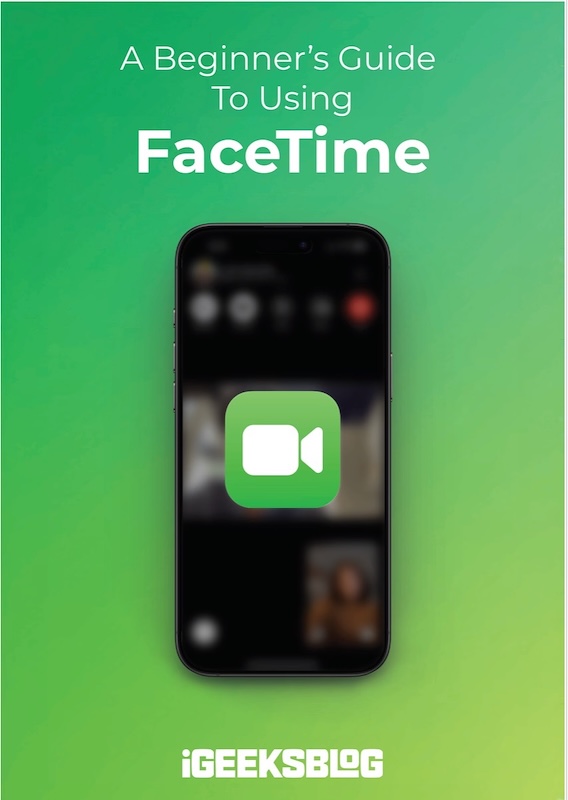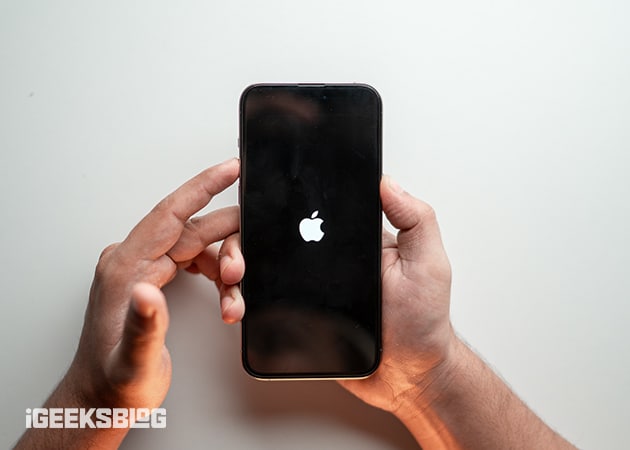
FaceTime Like a Pro
Get our exclusive Ultimate FaceTime Guide 📚 — absolutely FREE when you sign up for our newsletter below.

FaceTime Like a Pro
Get our exclusive Ultimate FaceTime Guide 📚 — absolutely FREE when you sign up for our newsletter below.
iPhones are secure, but not immune. If your iPhone acts strangely—battery issues, pop-ups, or unknown apps—this guide shows how to remove viruses fast.
“Wait, can iPhones even get viruses?” That’s a question many Apple users ask. iPhones are known for their tight security, but they aren’t bulletproof. If your iPhone is acting up—battery draining faster, overheating, or random pop-ups—it might be more than a glitch. This guide will help you identify, remove, and prevent malware on your iPhone or iPad.
Yes, they can—but it’s rare. Apple’s walled garden and strict App Store policies make it hard for malware to get in. But not impossible. Jailbroken devices are more exposed, and with new EU regulations opening Apple to third-party app stores, the risk may increase. Examples like Pegasus spyware and AdThief malware show that even iPhones aren’t completely immune.
If your iPhone is acting weird, it might not be just a bug. Here are some common warning signs.
If you spot one or more of the above symptoms, here’s how to clean things up.
Sometimes, a restart is all it takes to kill a glitchy process. It won’t remove malware, but it’s the easiest first step.

If you use an older iPhone with a Home button, just press and hold the power button to bring up the slider.
Having apps installed that you don’t remember is a major sign that your phone might be infected or even getting hacked. The first step is to remove any unfamiliar apps right away.

If you find apps that were clearly not installed by you or anyone you trust, it’s best to factory reset your iPhone immediately. This ensures no malicious code remains hidden.
For extra safety, contact Apple Support and report the issue—they may be able to check for more serious threats or breaches.
If weird pop-ups or redirects start after visiting a shady website, clearing your browser history can stop them from reappearing. Here’s how to do it step by step:


This removes cached pages, cookies, and browsing data that could be causing suspicious redirects. It won’t affect saved passwords or bookmarks.
Malware often exploits old vulnerabilities. Keeping your iPhone and its apps up to date is one of the simplest and most effective ways to protect your device.

After that, update your apps too:

Updating ensures you get the latest security patches and performance improvements from Apple and app developers.
This resets your preferences without deleting personal data. It’s useful when things feel off, but you don’t want to lose your photos, apps, or files. Here’s how to do it:


This will reset Wi-Fi networks, keyboard dictionary, Home Screen layout, location settings, and privacy settings—but your personal data stays untouched.
If the issue started recently, restoring from an earlier backup might help. This works best if the problem was introduced by a recent change, app, or file. Just be careful not to pick a backup that also contains the same issue.
Follow these steps:
Restoring from backup brings back your apps, settings, and data—but always verify the backup is from a clean, earlier point in time.
Still facing issues? Erase everything and start fresh. This is the most drastic step, but it ensures that any hidden or persistent malware is completely removed.
Follow these steps to factory reset your iPhone:

Once your iPhone restarts, it will be like new. You can either set it up as a new device or restore from a known clean backup.
Following good habits can prevent most iPhone issues. These tips will help you avoid malware, phishing attacks, and risky situations before they start.
Not really. iOS is a sandboxed operating system, which means each app runs in its own isolated space and can’t access system-level data or data from other apps. Because of this, antivirus apps on iPhones can’t scan your entire device like they can on a PC or Android phone.
Instead, these apps focus on web protection, warning you about risky websites, detecting phishing attempts, blocking malicious links, and offering privacy-related features such as email breach alerts and VPNs. Some also include safe browsing tools or parental controls.
They’re helpful, especially if you often browse unfamiliar sites or use public Wi-Fi, but they’re not essential for most users. If you follow good security habits—like keeping your iPhone updated, avoiding shady links, and sticking to the App Store—you likely don’t need an antivirus app at all.
Take a breath. Most iPhone issues come from buggy apps—not malware. Start with the basics: restart, delete unknown apps, and update regularly. If needed, reset your iPhone and start fresh. With good habits, your iPhone can stay clean and safe.
Don’t miss these related reads: